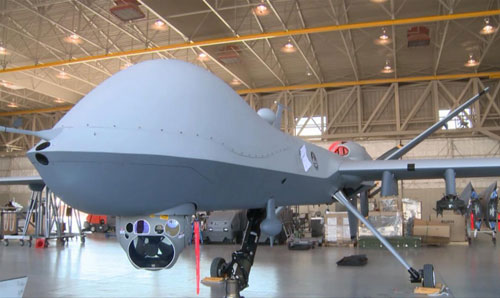
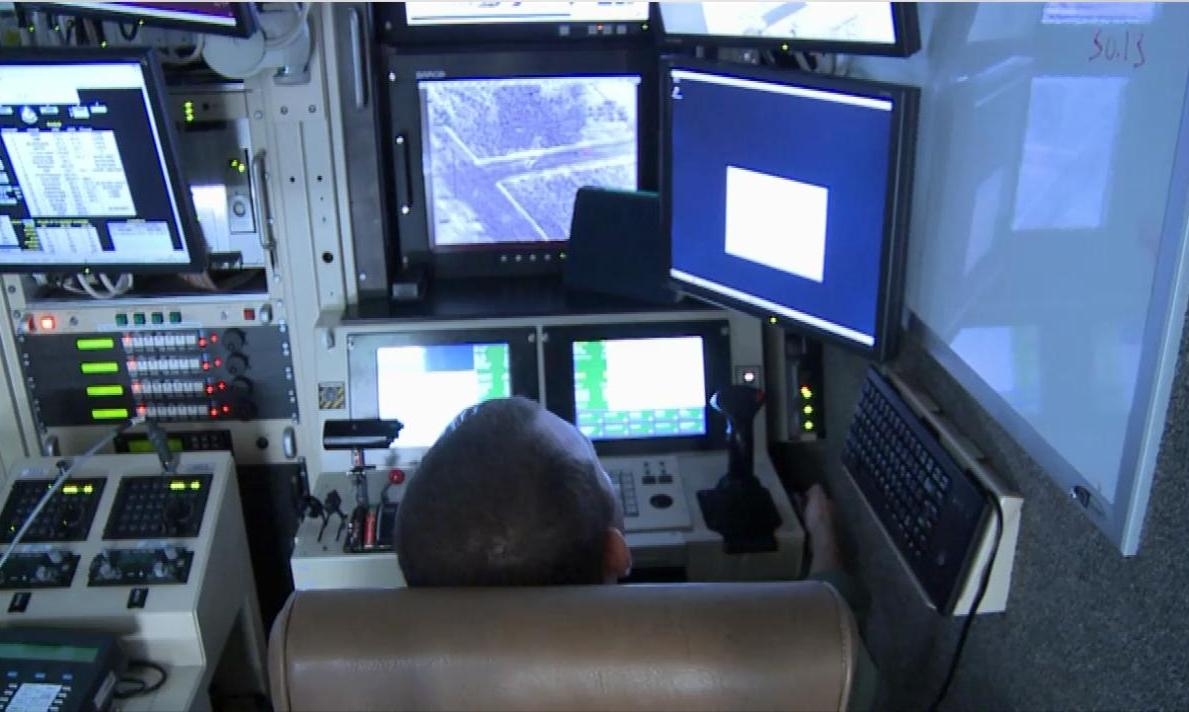
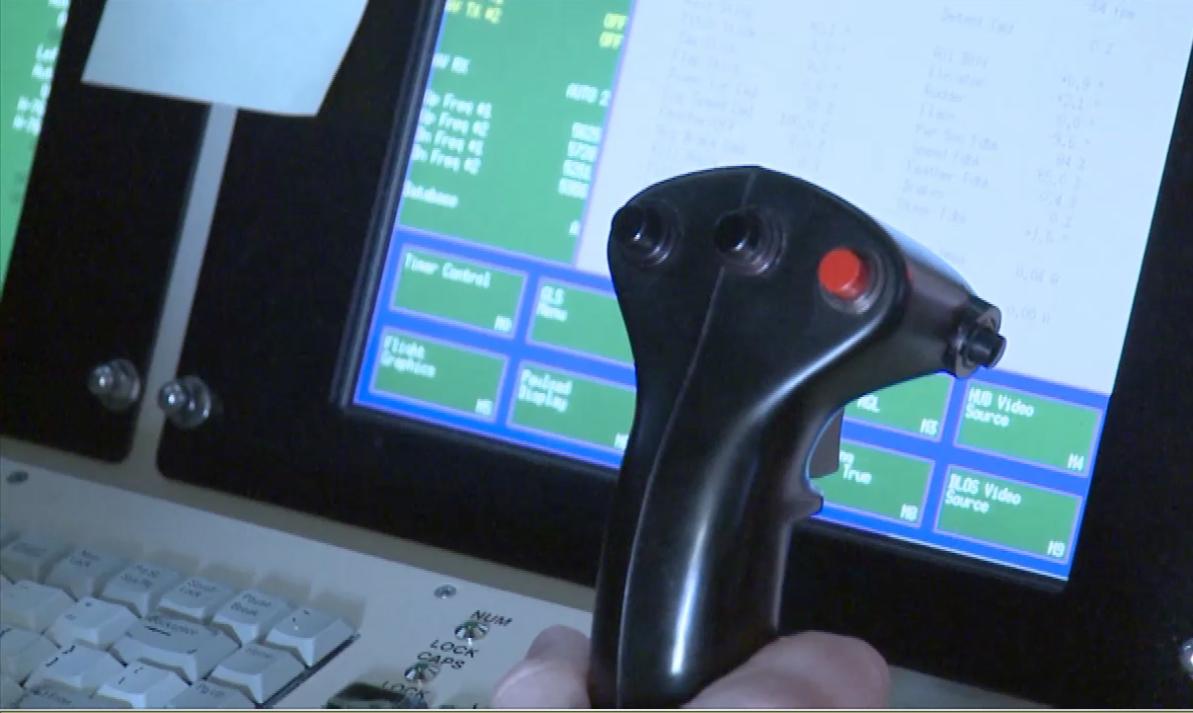
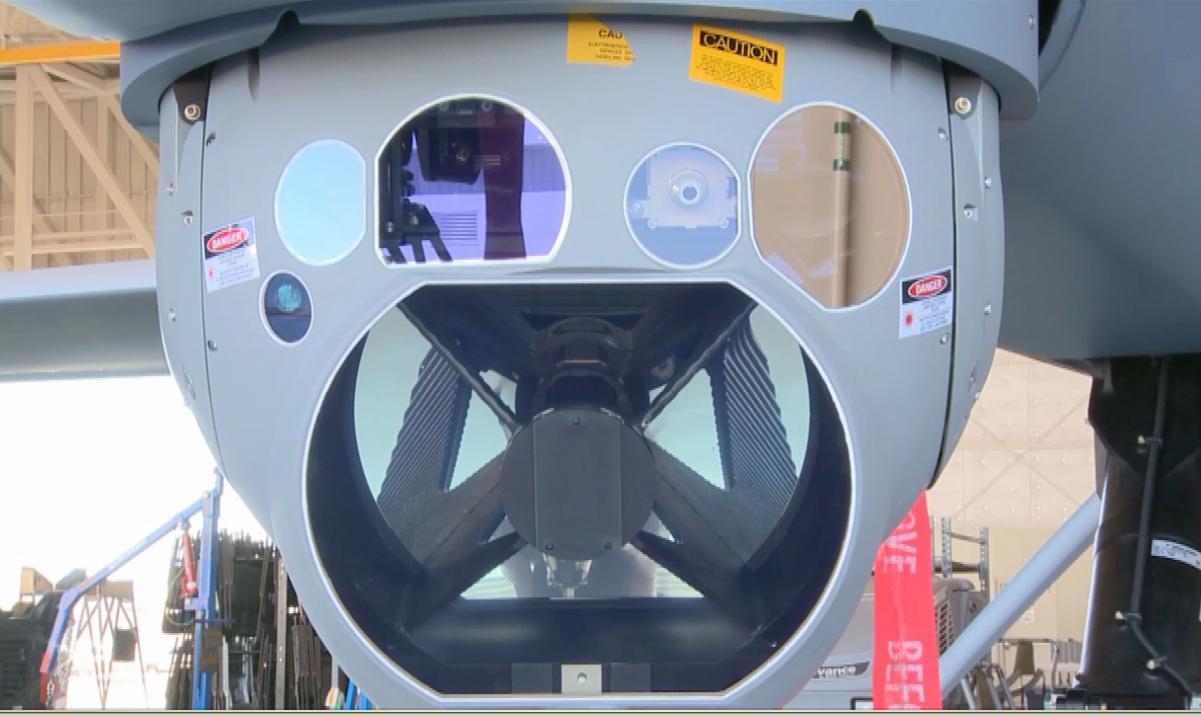
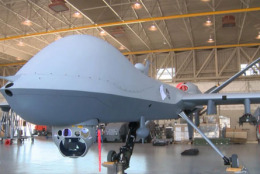
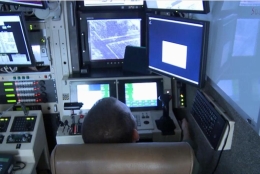
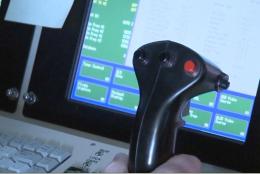
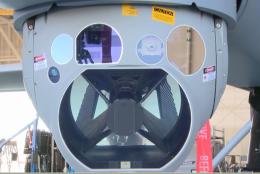
Editor’s note: Some drones are bigger than a jet, weaponized and used in strategic military operations. Others are smaller than a basketball, sent airborne for basic surveillance or weekend recreation.
The label “unmanned aerial vehicles,” or UAVs, is almost a catch-all term covering a wide range of devices that vary greatly in their capabilities and purposes. Yet the use of drones generally sparks intense debate, questions about security versus privacy and even fear.
In the WTOP series “Spy in the Sky,” WTOP examines the types of drones used by the U.S. military and fears about targeted killings, both at home and abroad.
Part 5: Anatomy of a drone strike
J.J. Green, wtop.com
WASHINGTON – Unarmed Predator and Reaper drones take off and land in the desert sands of southern Nevada in March of 2009.
An Air Force spokeswoman at Creech Air Force Base in Indian Springs, Nev., opens the door to a portable military structure. Inside, a drone pilot and sensor operator are seated in the same configuration a pilot and co-pilot would be in an airplane.
“What you’re seeing right now is a mission being flown in California,” she tells a group of visitors. Motioning toward the front of the unit, she says, “This morning, Patrick took this aircraft off from Creech Air Force Base and handed it off to a crew in New Mexico.”
The pilot and sensor operator stare at flickering screens in the darkened unit with their hands gripping sophisticated joysticks. It was a training mission to prepare for a U.S. military capability that’s growing in demand and importance.
Today, when the order is given to kill the target, the drone crew’s skills can’t be overstated, say U.S. intelligence sources.
See an up-close look at a drone and its capabilities in the video below:
U.S. drone strikes are believed to have killed between 1,900 and 3,300 people abroad since 2004. So far in 2013, there have been at least nine alleged U.S. drone strikes — all of them in Pakistan. It is estimated that 50 to 60 people have been killed.
According to research from the New America Foundation Counterterrorism Strategy Initiative the average number of victims killed per strike is 6.3. The average time between the strikes has been 5.3 days. The targets this year included a motorcycle, cars, sport utility vehicles, houses and compounds.
While there was little doubt about it, in August 2012, the U.S. government admitted it was using drones to kill selected targets in foreign countries.
“Yes, in full accordance with the law, and in order to prevent terrorist attacks on the United States and to save American lives, the United States Government conducts targeted strikes against specific al-Qaida terrorists, sometimes using remotely piloted aircraft, often referred to publicly as drones,” said John Brennan, counterterrorism advisor to President Barack Obama, in a 2012 speech.
Brennan, now director of the Central Intelligence Agency, said using drones was legal, ethical and smart.
“Remotely piloted aircraft in particular can be a wise choice because of geography, with their ability to fly hundreds of miles over the most treacherous terrain, strike their targets with astonishing precision, and then return to base. They can be a wise choice because of time, when windows of opportunity can close quickly and there just may be only minutes to act.”
The Predator and the Reaper are medium-altitude, long-endurance, remotely piloted aircraft. Their official mission, according to the U.S. Air Force, is “conducting armed reconnaissance and interdiction against critical, perishable targets.”
But in addition to killing targets the U.S. military deems a threat, they also gather valuable information.
“We can use armed UAV to sort of look at ingress-egress routes, where the enemy is coming from, where they’re going to. We’re able to track him back to their compound,” says a U.S. military official who asked to remain anonymous.
The Central Intelligence Agency declined to comment when asked to explain how they use drones, but former director Michael Hayden told WTOP, “As an airman with 39 years of service in the Air Force, what these UAVs give commanders is an unblinking start at a target area.
“In terms of intelligence gathering, we’ve never seen anything like this before.”
Brennan spoke to that capability during his 2012 speech.
“With the unprecedented ability of remotely piloted aircraft to precisely target a military objective while minimizing collateral damage, one could argue that never before has there been a weapon that allows us to distinguish more effectively between al-Qaida terrorists and innocent civilians.”
In a war zone or a congested area where innocent civilians live, there’s a concern about tracking and killing the wrong person and collateral damage. The government of Pakistan has publicly — and bitterly — complained about the more than 350 drone strikes since 2004.
More than 300 civilians are among the 1,500 to 2,600 militants killed in the strikes.
Related Stories:
- WTOP’s ‘Spy in the Sky’ series
Follow @JJGreenWTOP and @WTOP on Twitter.







